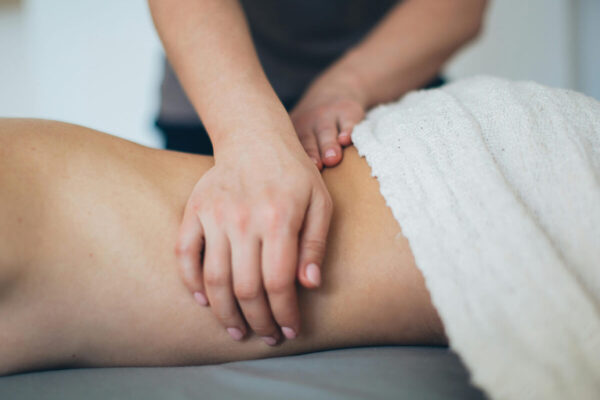10 Exercises to Regain Your Energy When You’re Exhausted
What do we do when the daily hustle and bustle of life has zapped out the last ounce of energy? Our bodies would tell us to sleep the tiredness away and wake up to a new day with a brimming energy tank. However, exercising is a fantastic way to refill our energy tanks. The stronger lethargy pulls you, the more you should get your body moving, because exercising replenishes energy, lowers stress, and makes us stronger.

Fitting any of these exercises into your daily routine will help you regain your energy when your tank is running low. While these exercises can benefit nearly everyone, some may be more (or less effective) for you than others. Consult with your physician or physiotherapist before starting any new exercise regime.
- Stretching
Stress can have adverse effects on your body. The Canadian Centre for Occupational Health and safety points out that work-related stress can induce numerous health concerns, including joint and back pain, headaches, chest pain, fatigue, digestive issues, and muscle tension.
Taking time out of your hectic schedule for some simple stretching exercises is a great way to relieve stress and re-energize your mind. Stretching helps shut down your body’s natural defensive response to stressors. The benefits of stretching include promoting deep breathing, pain reduction, and mindfulness.
Here are a couple of office-friendly stretching exercises:
- Crescent Stretch – This stretch eases tension from the upper back, neck, shoulders, and torso. Sit or stand then raise your hands over your head. Lock your fingers together. Exhale gradually then move your arms and hands to the right while keeping your shoulders back. Hold the stretch for about 20 seconds. Take several deep breaths from your diaphragm. Move towards the left and repeat the exercise.
- Doorway Stretch – This stretch will relieve tension in the front of your shoulders and chest. Stand in a doorway and plant your feet in line with your hips, with your shoulders back and chin up. Spread your arms so that your upper arms cross either side of the doorway across your biceps. Inhale deeply; then, as you exhale, lean forward. You should feel the stretch across the front of your chest. Hold for 15 to 20 seconds. Take a deep breath in as you return to your starting position.
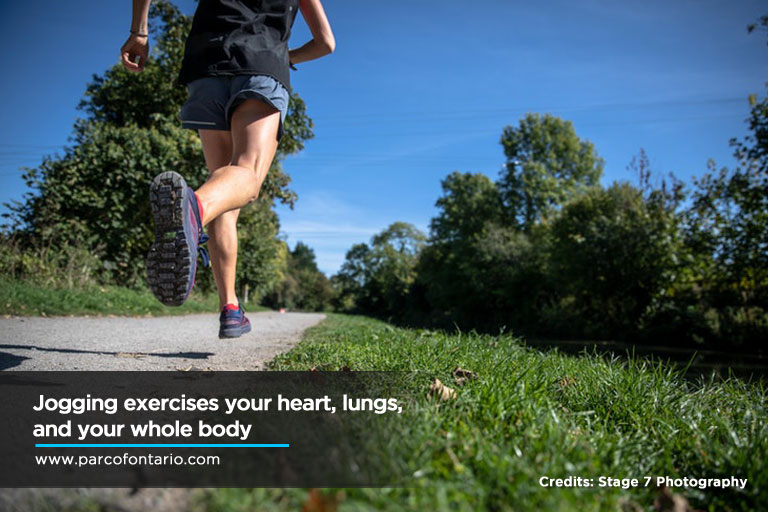
- Jogging
Jogging is a simple exercise that provides substantial physical and mental benefits. It can lower fatigue and boost concentration and alertness, revitalizing cognitive functions after exhausting mental activity. It can give you an opportunity for deep thought or meditation, or allow you to clear your mind completely of your workday.
Like many exercises, jogging releases endorphins (natural painkillers produced by the brain) and enhances sleep. Start by jogging at least 30 minutes a day (consisting of a five-minute warm-up, a 20-minute jog, and a five-minute cooldown). As an aerobic exercise, jogging also trains your heart, lungs, leg, and back muscles.
- Swimming
If you’re feeling drained and uninspired, swimming laps or performing water aerobics can replenish your energy. Besides improving your strength, flexibility, and endurance, swimming is also a relaxing, low-impact exercise that cools and refreshes the body. If you have health concerns with your joints, back, or conditions like asthma, swimming may be an optimal aerobic exercise for you.
Benefits of swimming include:
- Increases blood circulation
- Oxygenates the muscles
- Exercises the cardiovascular system
- Relieves stress and tension
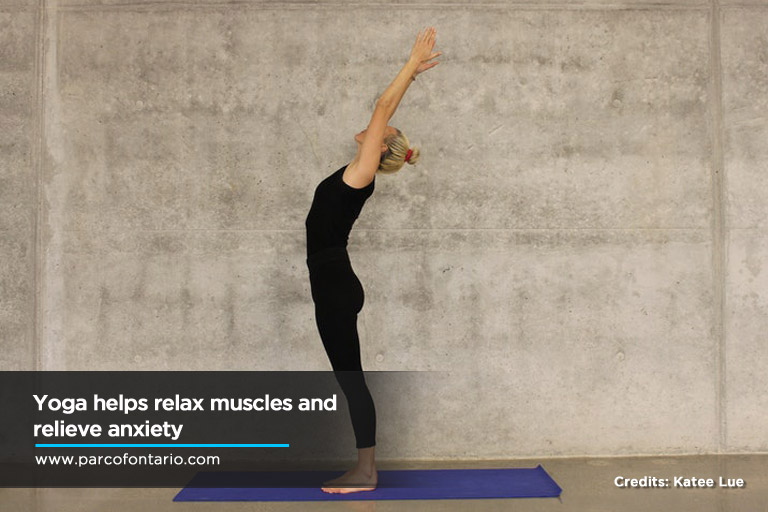
- Yoga
If you fancy doing an exercise that doesn’t deplete your energy and at the same helps you stay fit, then yoga is for you. Yoga is popular for its soothing and energy-boosting benefits attained through slow movement and rhythmic breathing. Gentle bending movements like Upward Dog, Bridge, and Extended Mountain help open your spine and loosen tightened chest muscles. This, in turn, encourages deep breathing and open postures, which improve your physical energy and mental alertness.
Starting your day right with yoga will help you bring a calm, focused mind and body to the problems of your workday; or use it to close out your day and be more present for your family and friends in the evening.
- Walking
Can’t find the time to squeeze yoga or a swim into your mornings? Try walking.
Walking can be a very efficient addition to your schedule. Ten minutes of climbing stairs or walking around the floor of your office is a more effective way to crank up your energy than drinking coffee. As a low-intensity physical activity, walking also improves your fitness level, enhance your mental well-being, and help you sleep soundly at night. Park a couple blocks further from the office; take the stairs instead of the elevator. Ten minutes at either end of your day can do wonders physically and mentally.
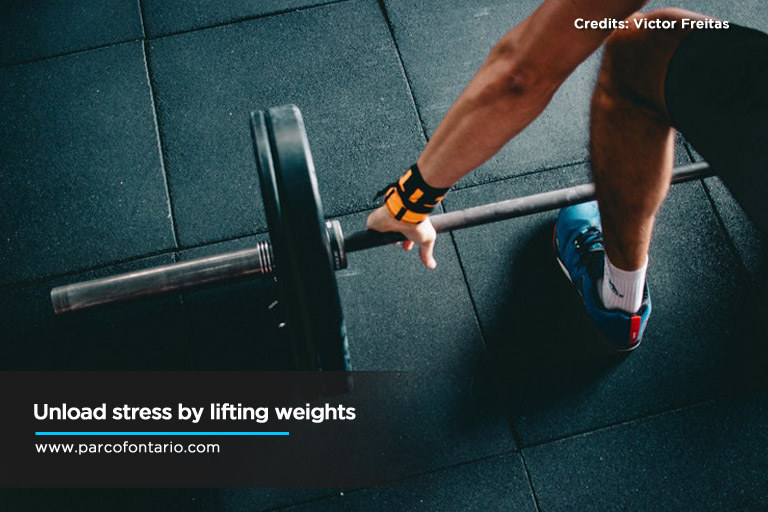
- Weights
Instead of using those idle times to sit in front of the TV to binge-watch movies, why not lift weights? Weightlifting (or resistance training) provides a range of mental and health benefits in addition to spiking up your energy levels. Here are a few of them:
- Toning – Weightlifting can help you lose weight; but more importantly, it builds muscle mass, which does all manner of good for your body. Weight training also helps you get rid of 40-percent more fat than when dieting or cardio exercises alone.
- Improved brain health – Resistance training promotes neurogenesis (brain growth), where brain cells build new connections with other brain cells, forging new pathways for better short- and long-term memory retention.
- Stronger bones – Weightlifting not only reduces the risk of bone loss; it promotes bone growth. As your body builds muscle mass, it simultaneously strengthens the bones the muscles pull against, and the connective tissues between muscles and bones. Resistance training is proven to minimize the risk of bone fractures and osteoporosis as you age.
- Pilates
Like yoga, pilates also involves proper breathing, strengthening the core muscles, and correcting posture to enhance the level of oxygenation throughout the body. It also targets exercises to stretch the front of the neck to improve thyroid production and relieve bottled-up stress in the hips.
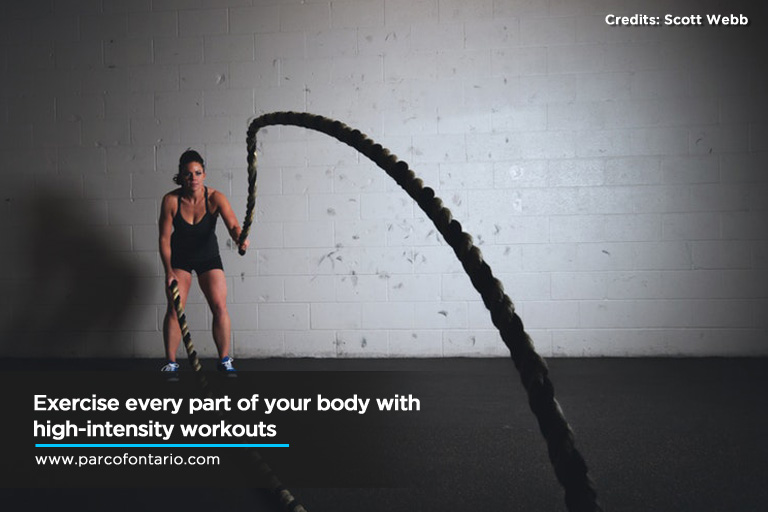
- High-intensity workouts
If you’re into challenging and rigorous workouts, then high-intensity interval training (HIIT) might be best for you. HIIT workouts are a training method where an individual exerts extreme effort through an intense and fast-paced series of exercises. This workout pushes your body to produce more lean muscles and burn more fat. HIIT can pump up your energy and boost your mood as well.
Proper execution of each exercise is crucial in this training to prevent workout-related injuries. If you are interested in HIIT, consult with a physiotherapist or trained exercise coach to build an appropriate course for you.
- Squats
Squats are a very office-friendly exercise that can be done at any time during your workday. It only takes two minutes of squats to jolt your brain awake and increase your energy levels. Try doing squats while brushing your teeth in the morning, in the evening, or during prolonged sitting at your office desk.
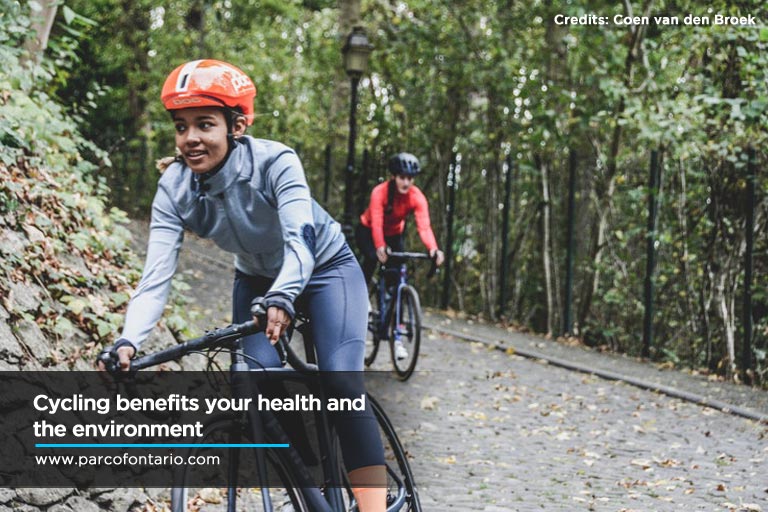
- Cycling
If you live just a few kilometres away from your workplace, consider cycling to your office and back when the weather allows. Cycling is a great aerobic exercise that helps improve posture, lowers blood pressure, and leaves you energized to face a full day. Cycling also reduces carbon emissions, minimizing both air and noise pollution, and reduces traffic congestion and the demand on parking lots.
Your office, or office building, may have a secure area for parking employee bicycles inside the building or parkade. Check with your employer or building manager to see if private bicycle parking is available to you.
Seeking the expertise of your physician or physiotherapist is vital before you start a new exercise regime. They can help you design a workout routine that matches your lifestyle and current fitness level, and will help you to achieve your fitness goals.
At PARC of Ontario, our clinics have teams of professional physiotherapists who can help create a safe and successful exercise plan for you. Check out our list of centres, and contact a location near you to get started on a program that will improve your vigour and energy.
